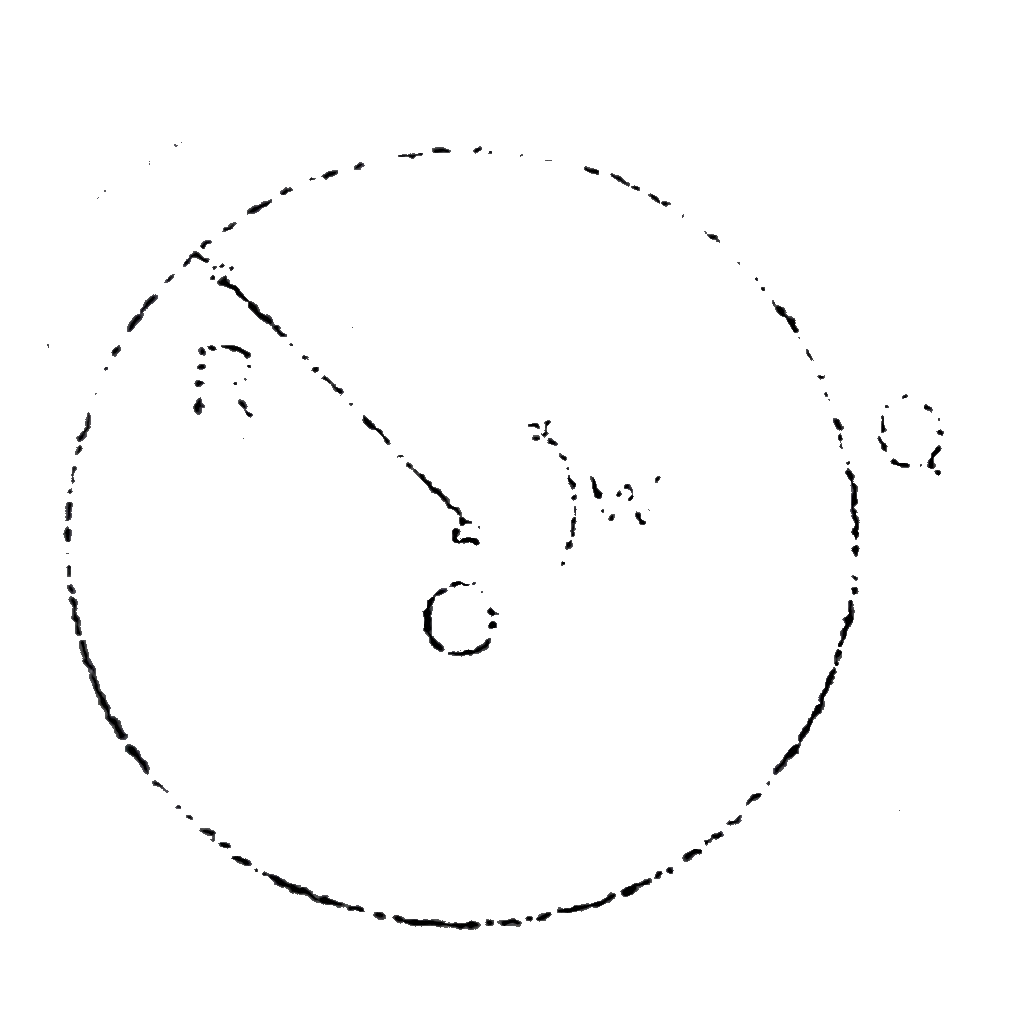Two discs are mounted on frictionless bearings on a common shaft. The first disc has rotational inertia / and is spinning with angular velocity ω. The second disc has rotational inertia 2/ and is spinning in opposite direction with angular velocity 3ω, as shown in figure. The two discs are slowly forced towards each other along the shaft until they couple and have a final common angular velocity of

0.6 m
1.2 m
6 cm
12 cm
Step by step video & image solution for Two discs are mounted on frictionless bearings on a common shaft. The first disc has rotational inertia / and is spinning with angular velocity omega. The second disc has rotational inertia 2/ and is spinning in opposite direction with angular velocity 3omega, as shown in figure. The two discs are slowly forced towards each other along the shaft until they couple and have a final common angular velocity of <BR> by Physics experts to help you in doubts & scoring excellent marks in Class 12 exams.
Updated on:21/07/2023Topper's Solved these Questions
Similar Questions
A disc is rotating with angular velocity ω. If a child sits on it, what is conserved?
View SolutionAs shown in the figure, a disc of mass m is rolling without slipping with angular velocity ω. When it crosses point B disc will be in

View SolutionA disc of mass m has a charge Q distributed on its surface. It is rotating about an XX' with a angular velocity ω. The force acting on the disc is

View SolutionA circular disc is rotating about its own axis at an angular velocity ω. If P is exact midpoint of dise between axis and rim of disc then angular velocity of Pis
View SolutionA liquid of density ρ is in a bucket that spins with angular velocity 'ω' as shown in figure. Prove that the free surface of the liquid has a parabolic shape. Find equation of this.
 .
.
View SolutionA constant power is suppied to a rotating disc. The relationship between the angular velocity (ω) of the disc and number of rotations (n) made by the disc is governed by
View SolutionA disc is rotaing with an angular velocity ω0. A constant retarding torque is applied on it to stop the disc. The angular velocity becomes ω02 after n rotations. How many more rotations will it make before coming to rest ?
View SolutionA disc is rolling without slipping with angular velocity ω. P and Q are two points equidistant from the centre C. the order of magnitude fo velocity is

View SolutionA uniform disc of radius r0 lies on a smooth horizontal plane. A similar disc spinning with the angular velocity ω0 is carefully lowered onto the first disc. How soon do both discs spin with the same angular-velocity if the friction coefficient between them is equal to μ?
View SolutionA non-conducting disc having unifrom positive charge Q, is rotating about its axis with unifrom angular velocity ω.The magnetic field at the centre of the disc is.

View Solution
